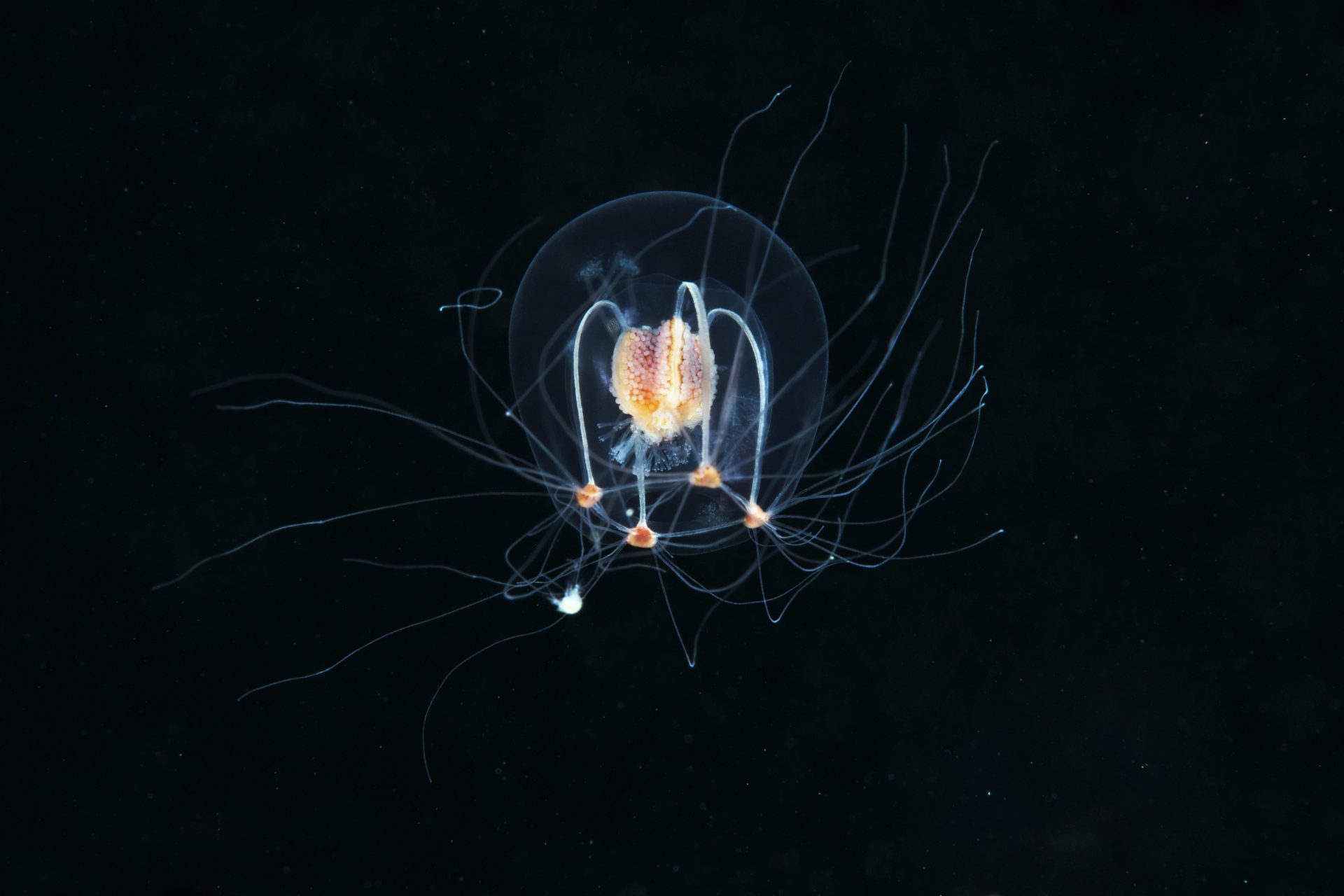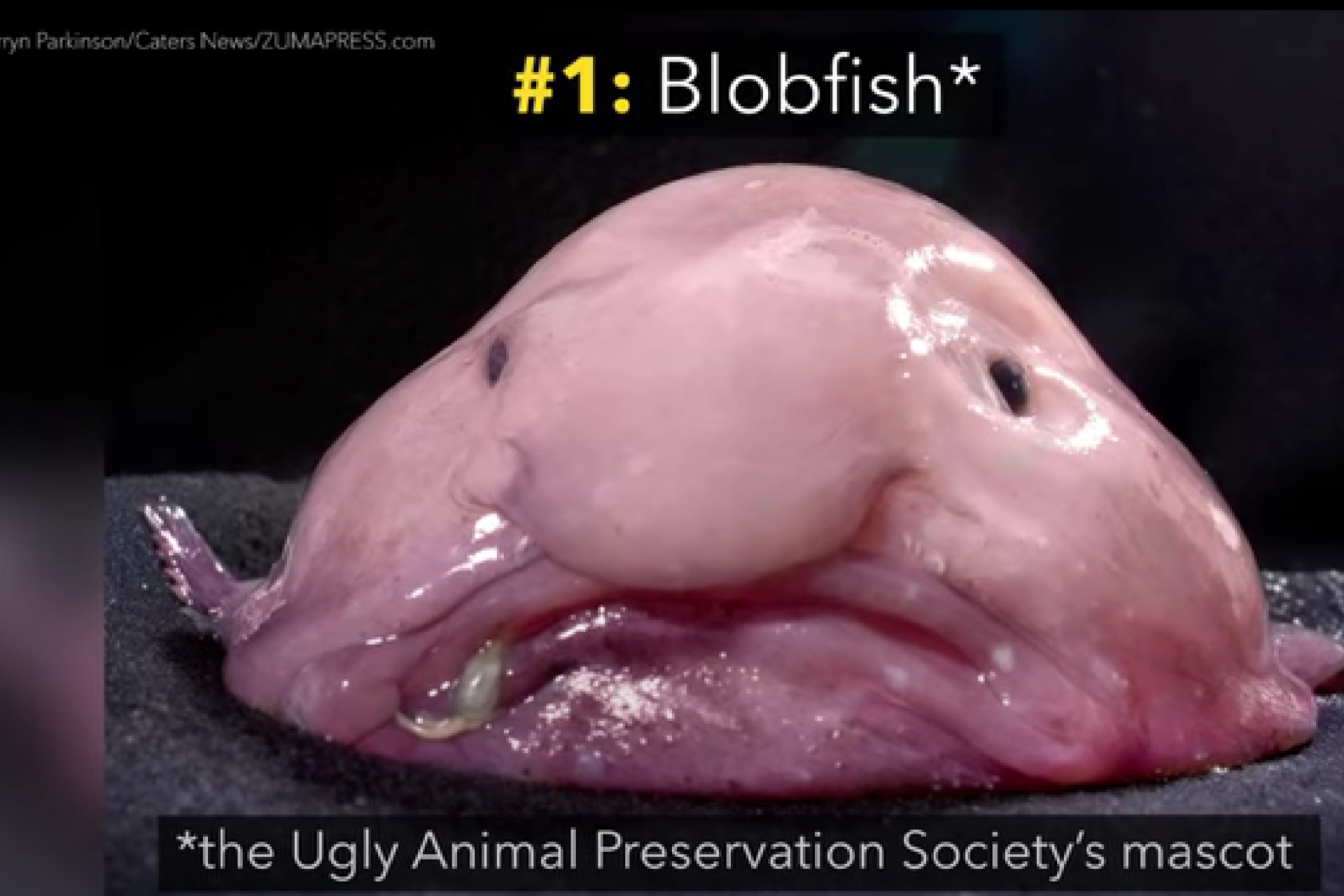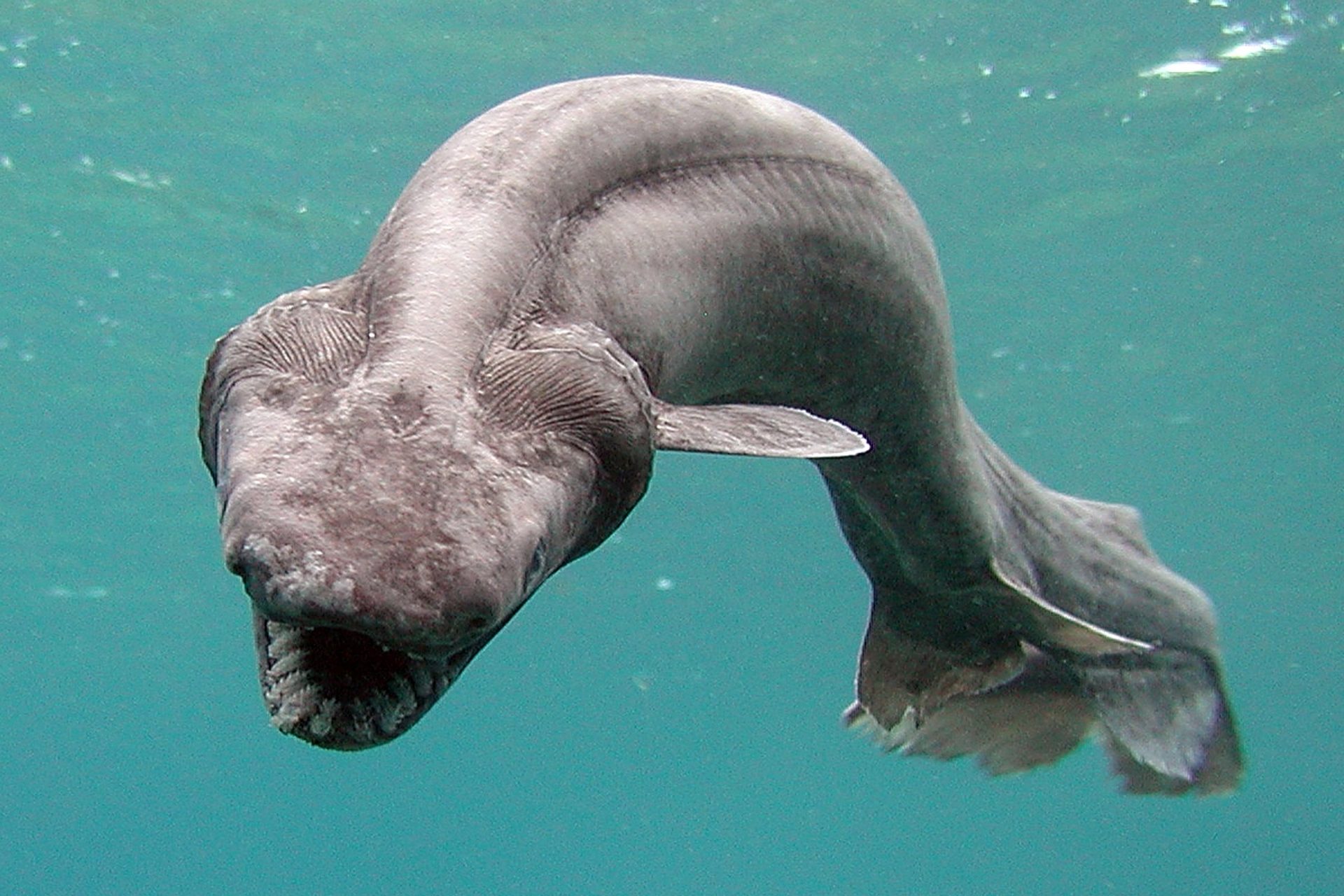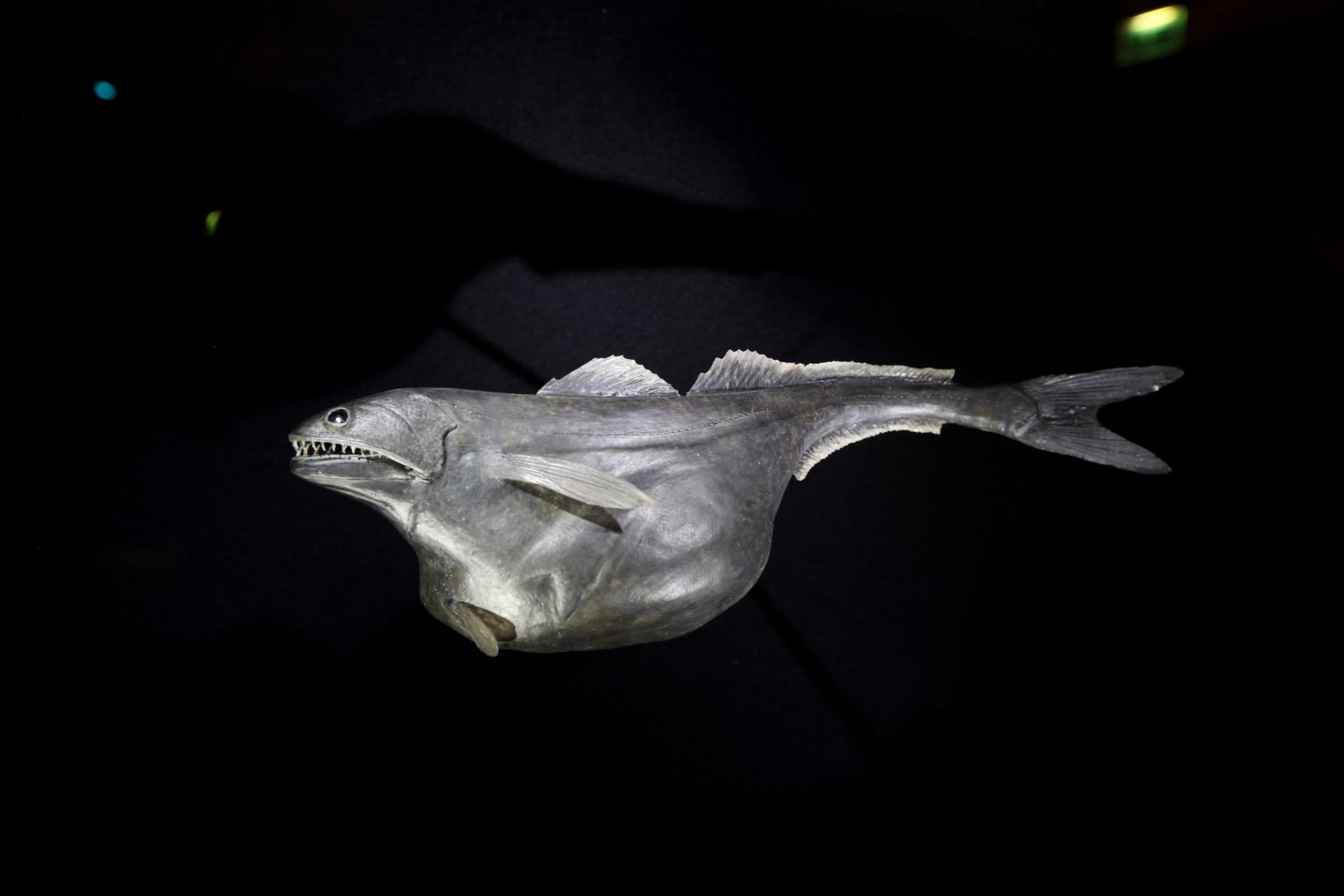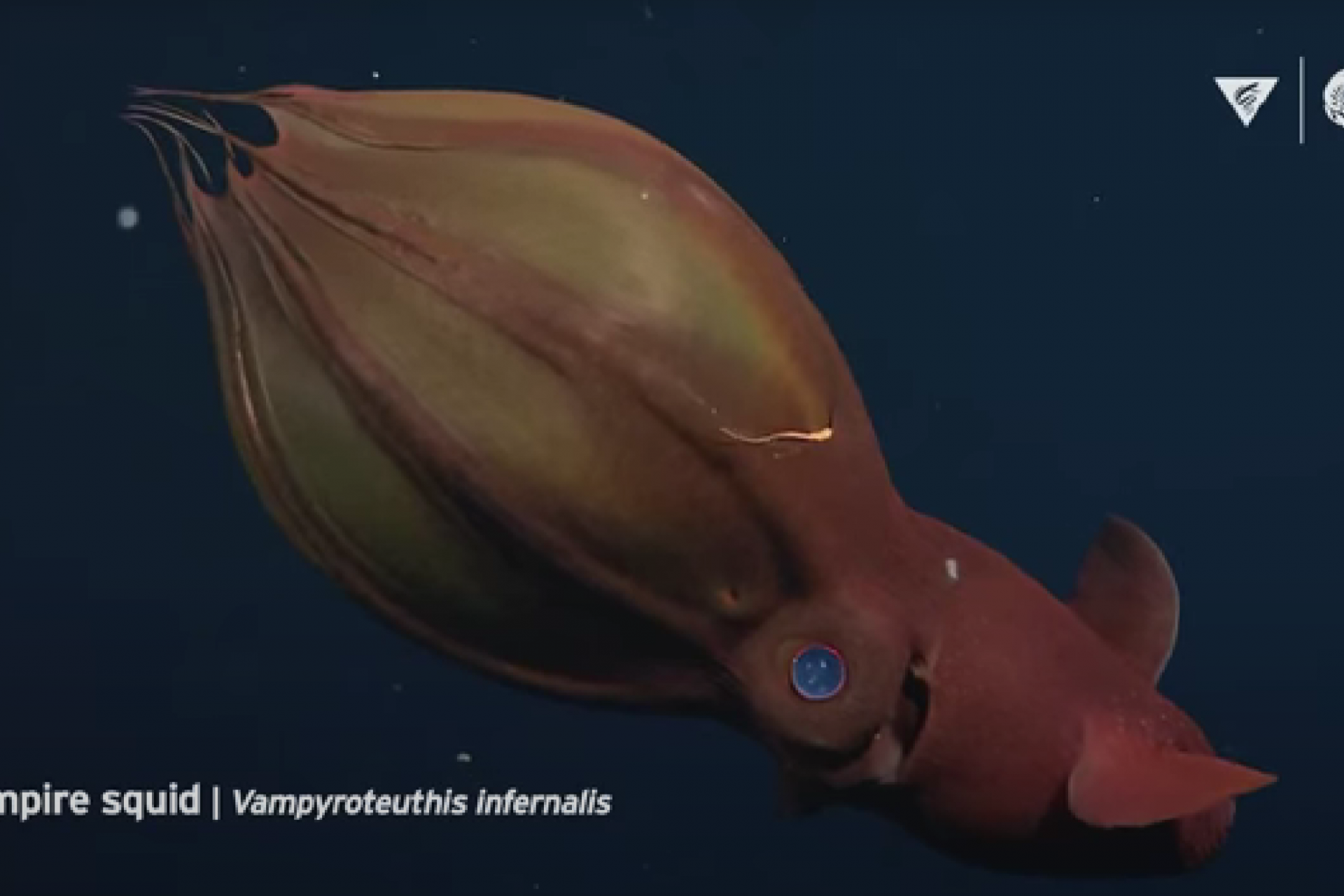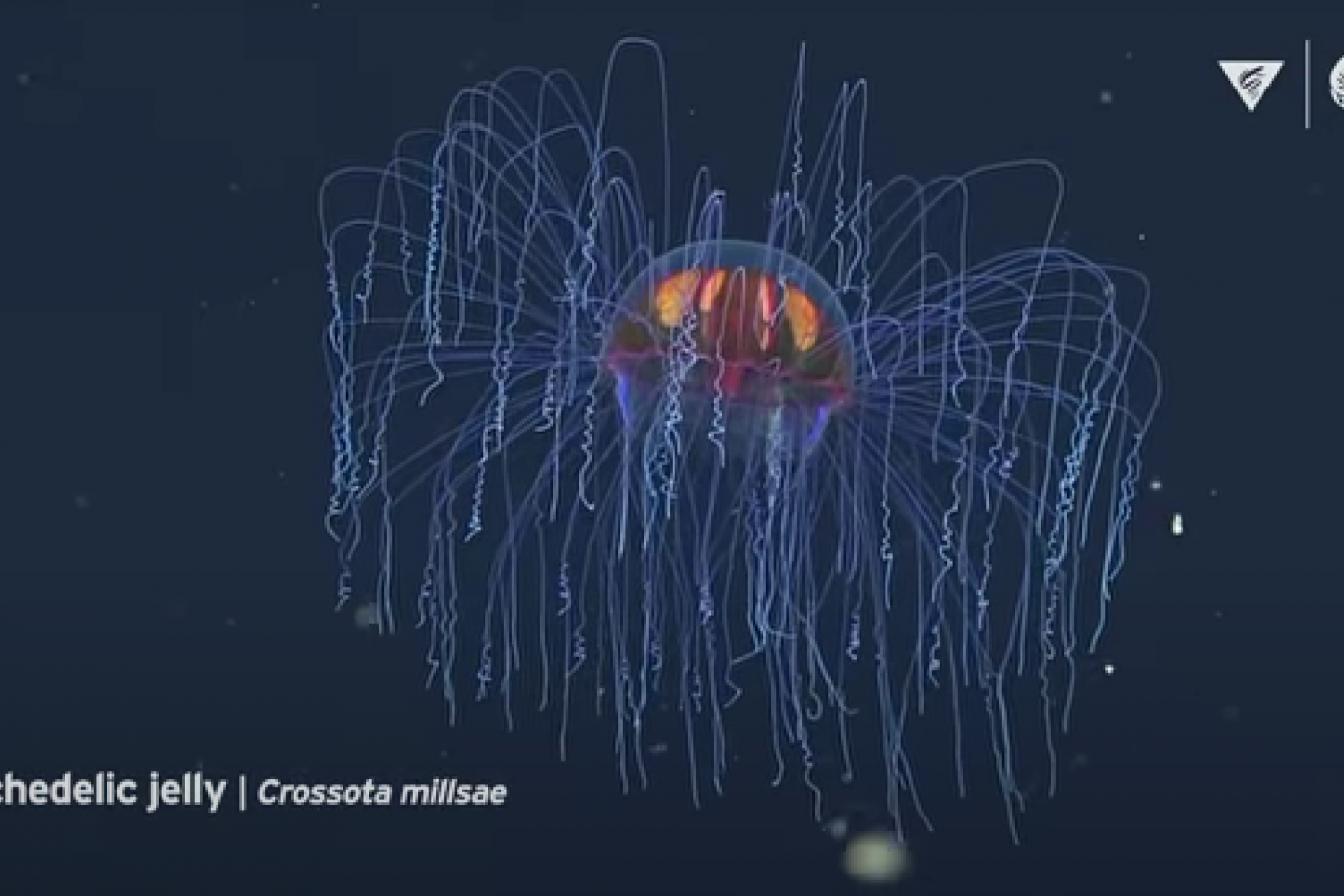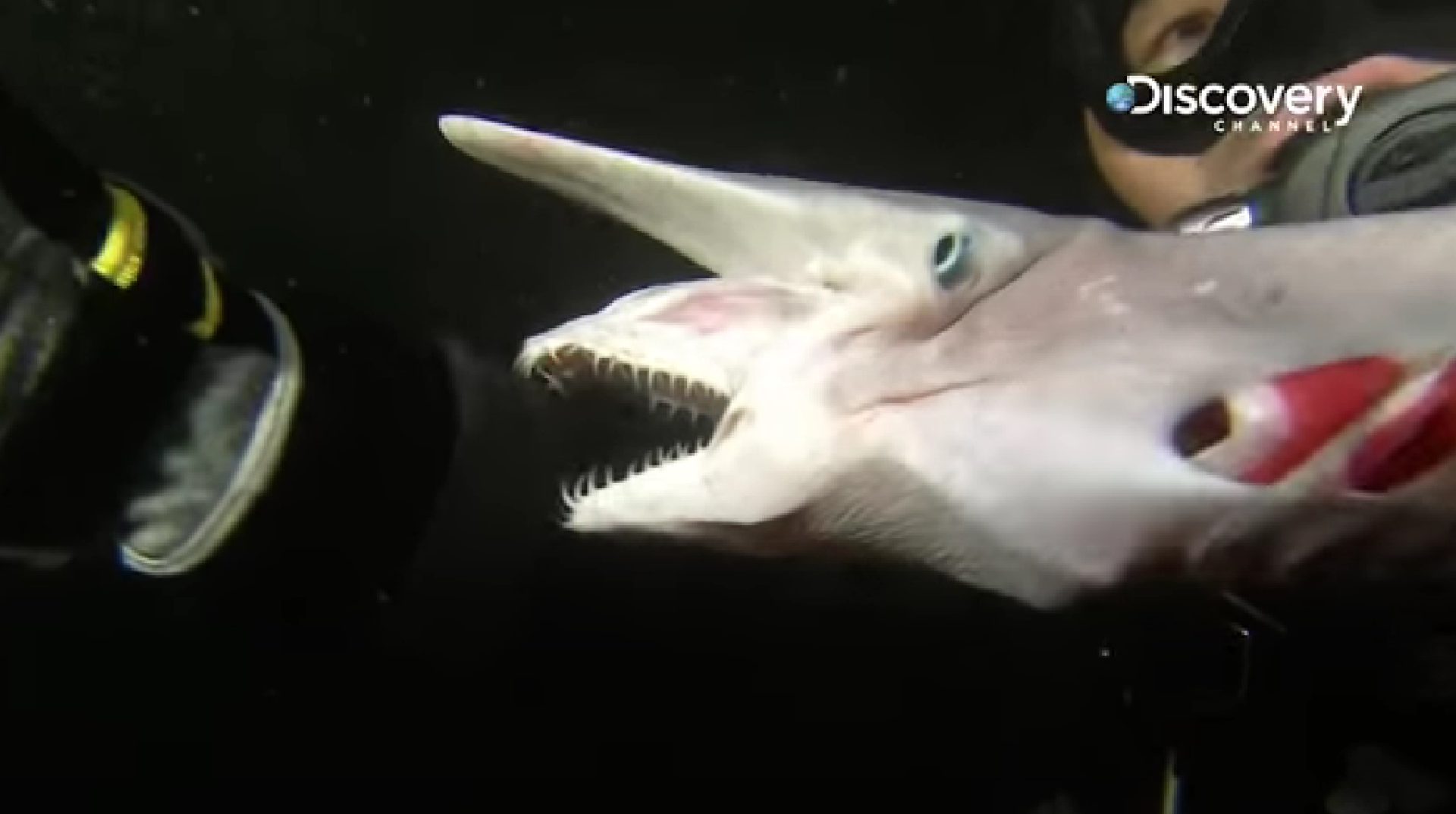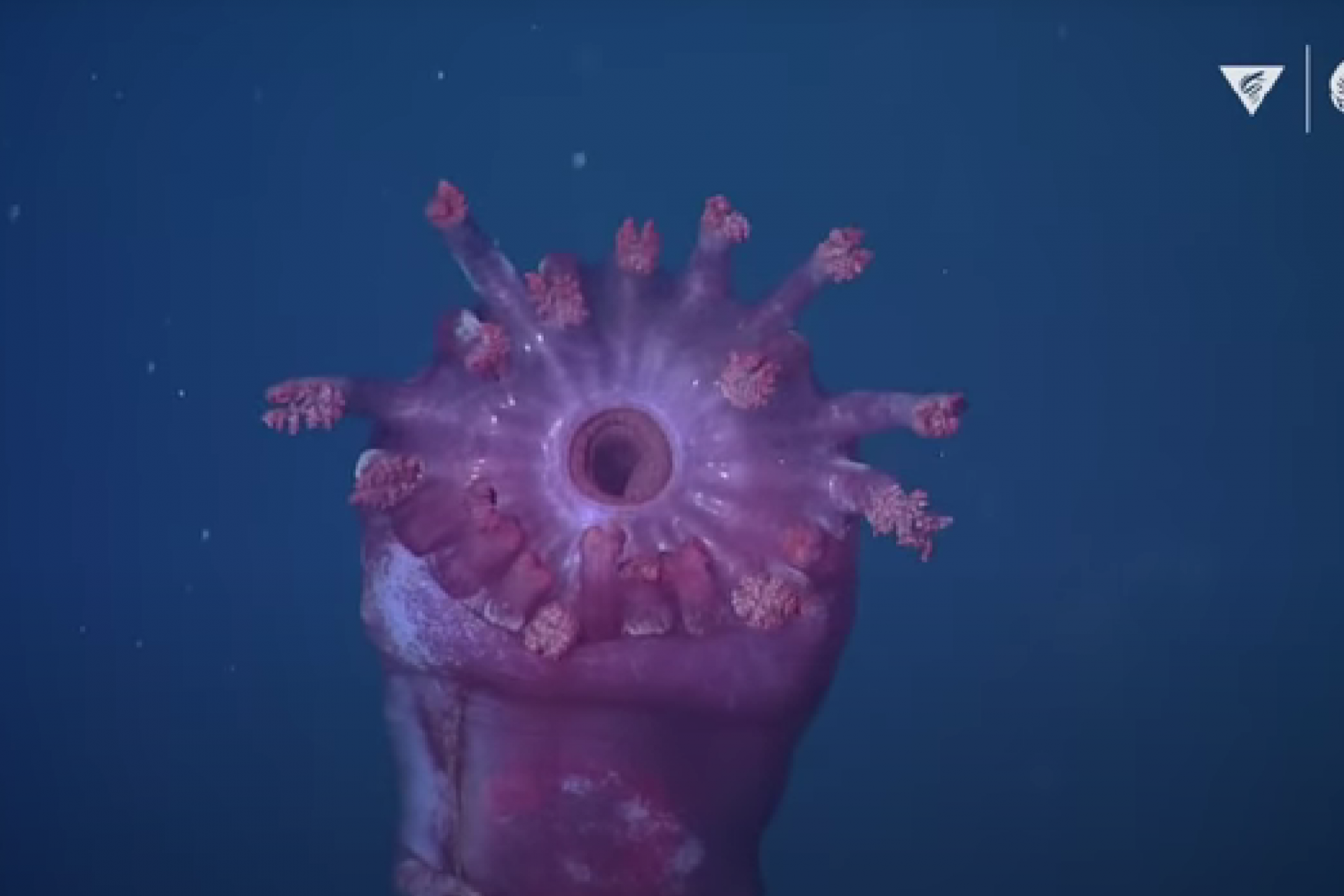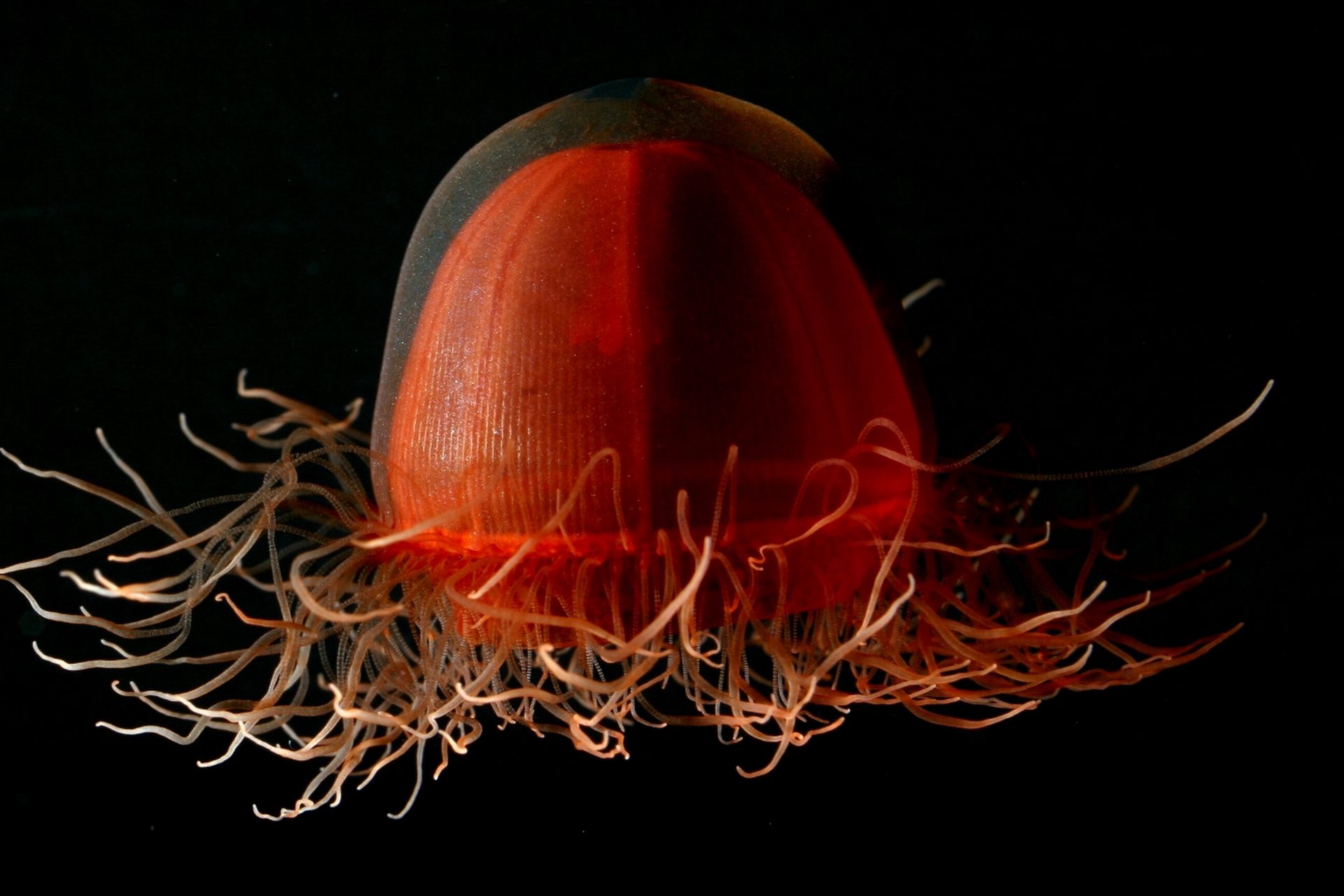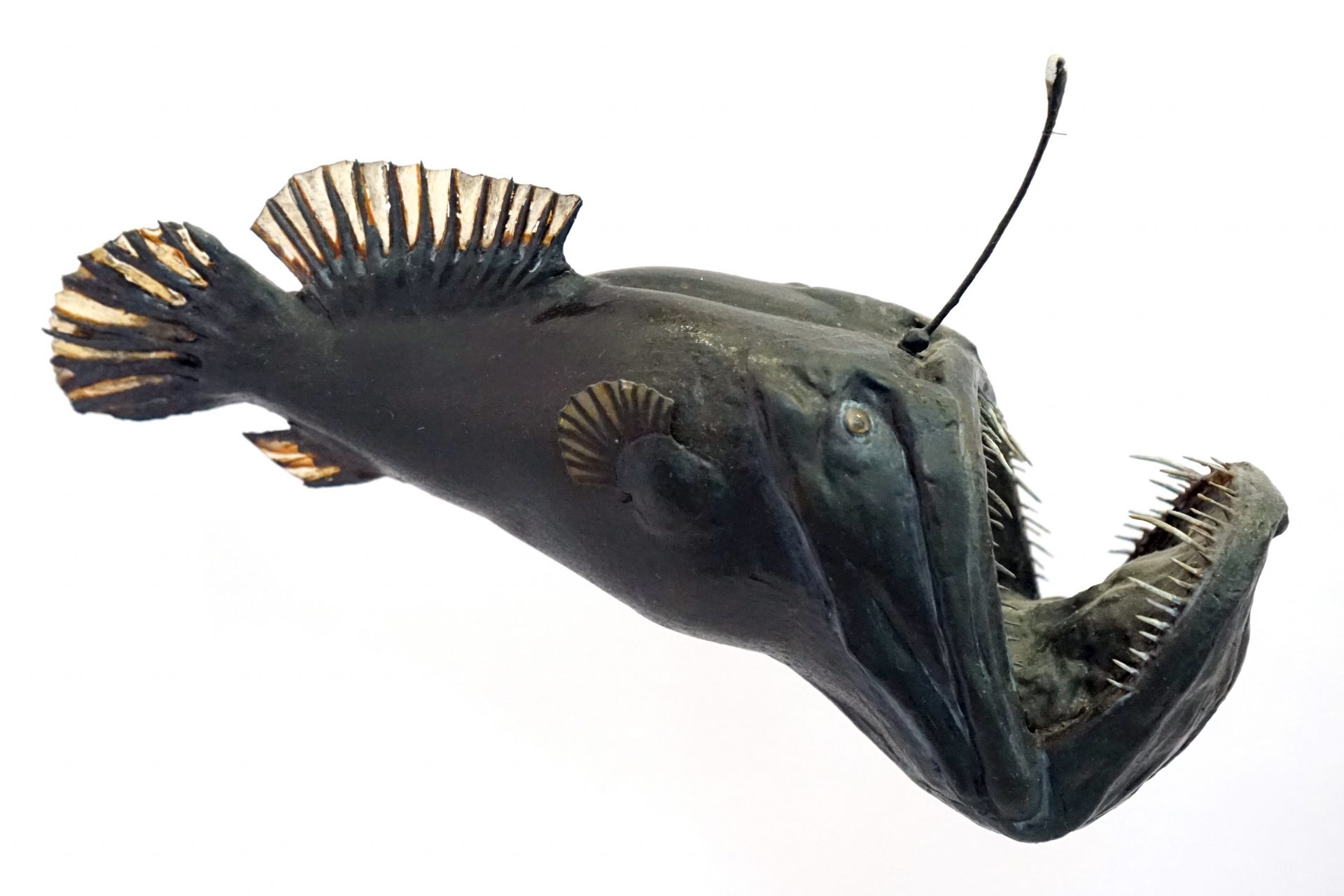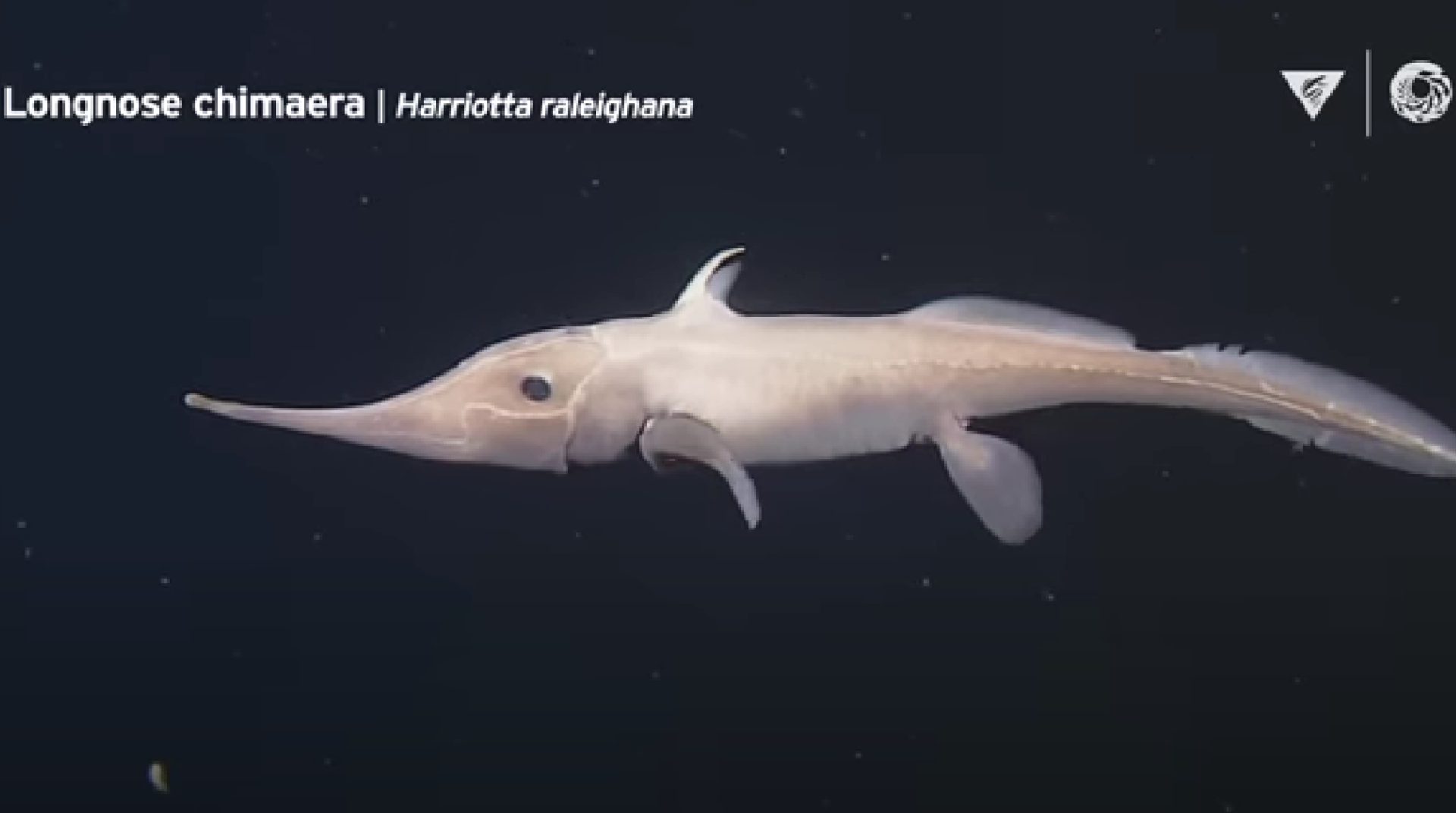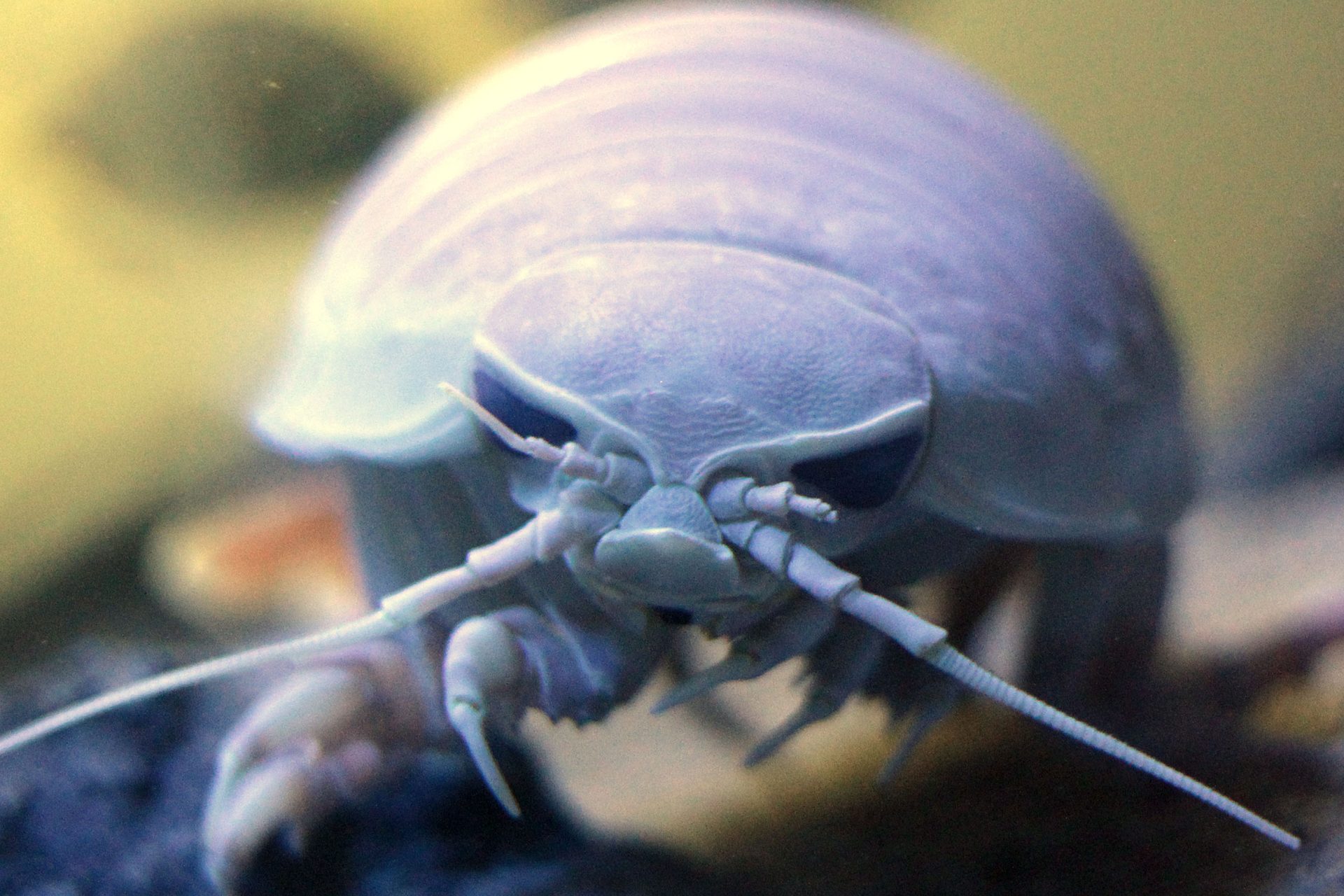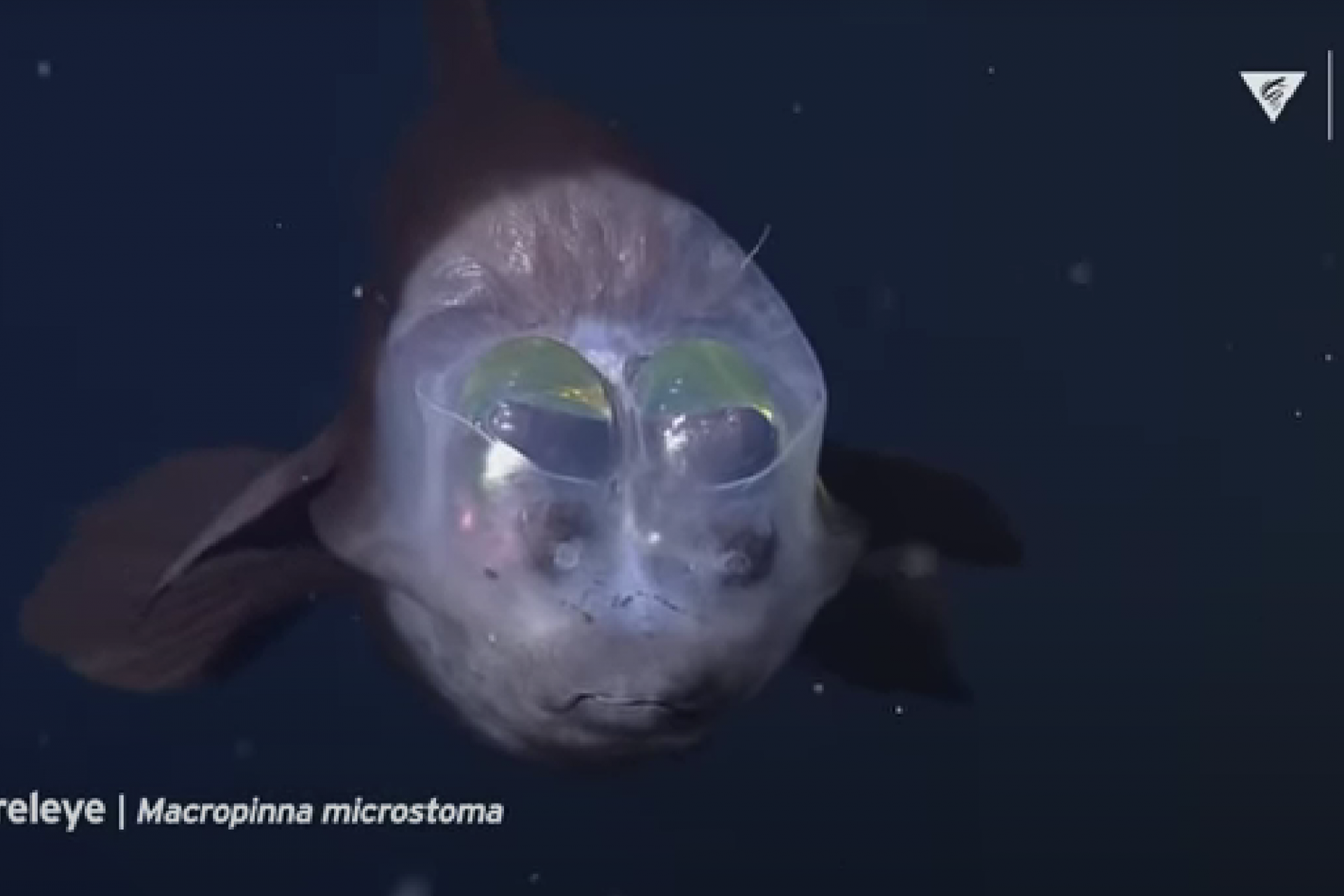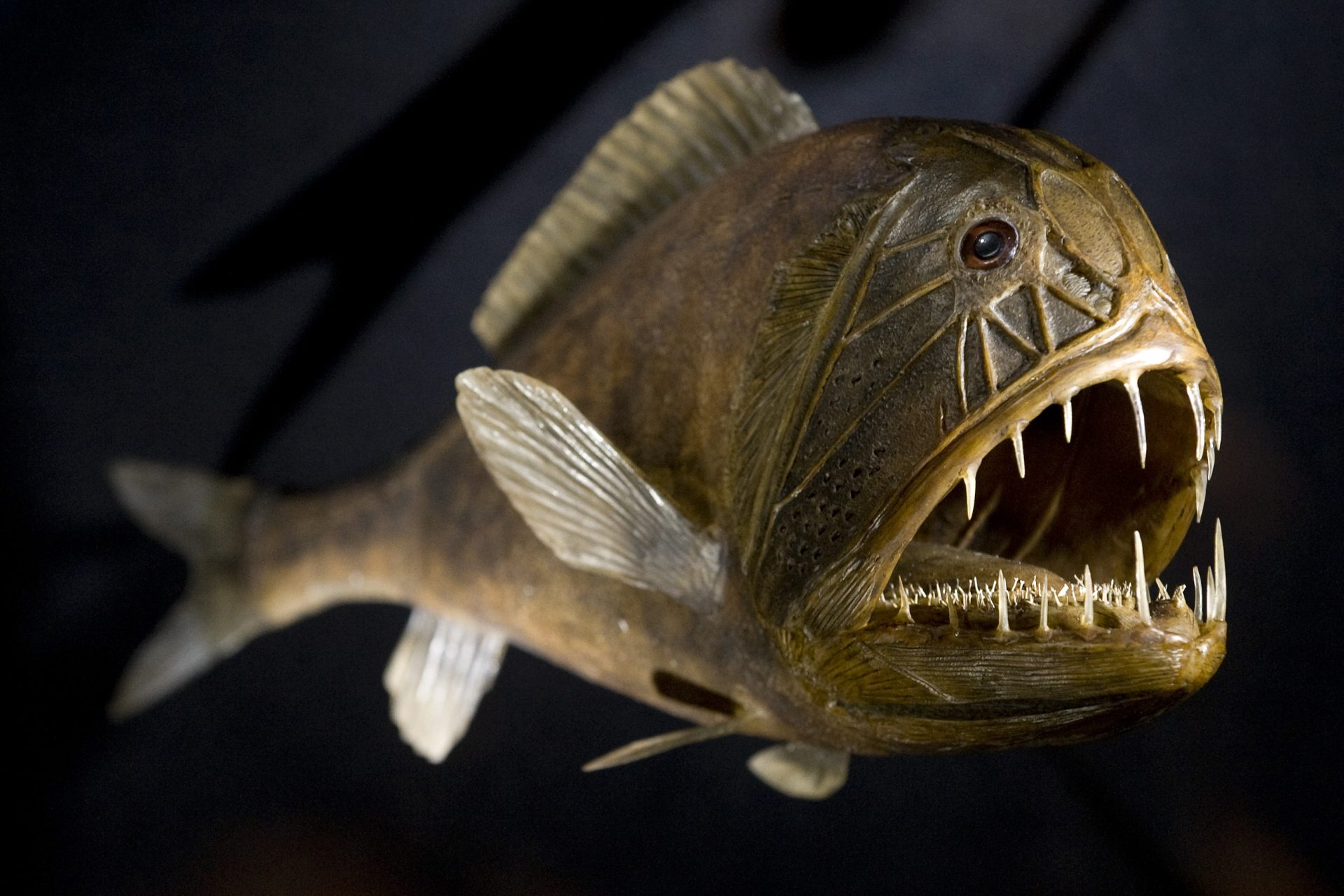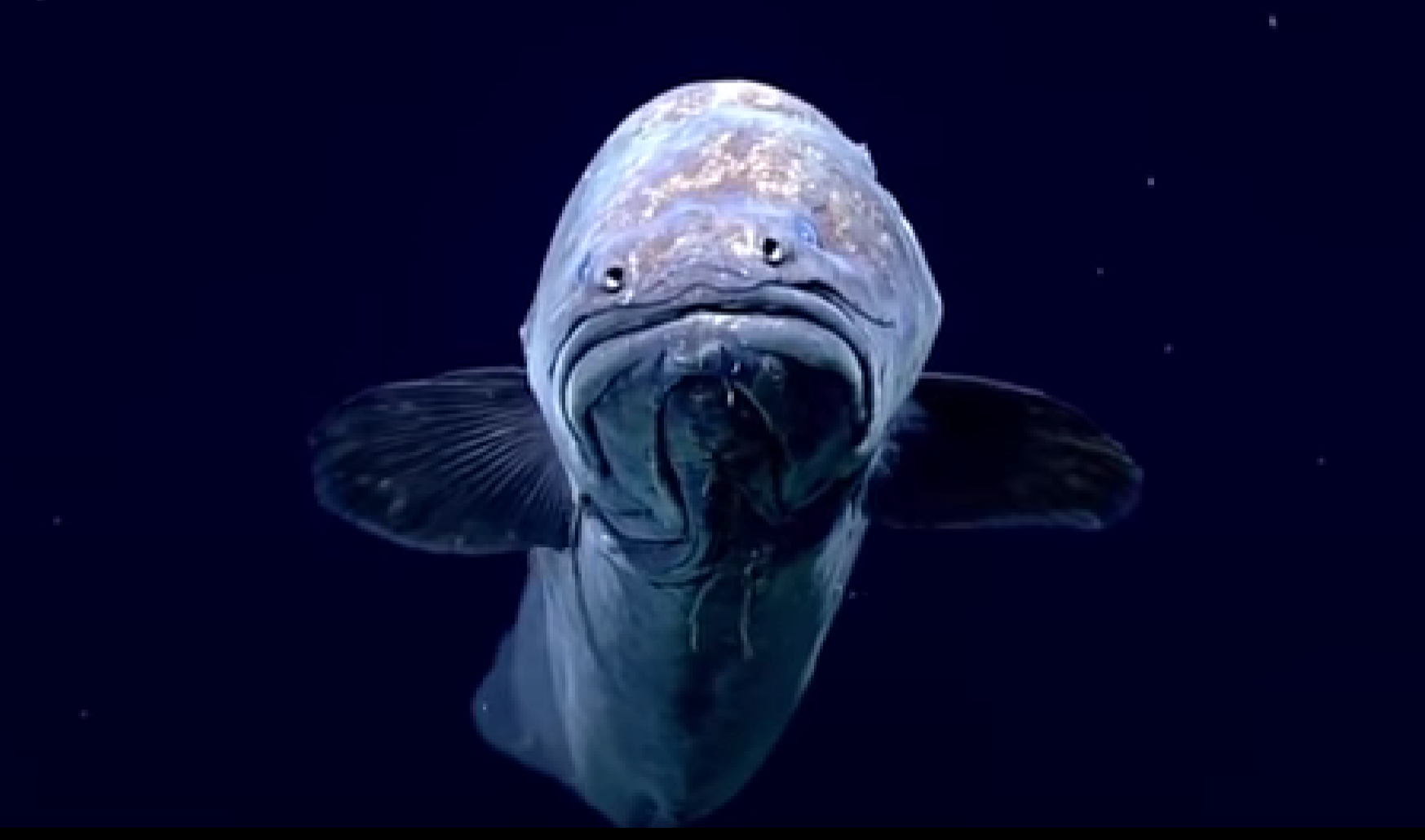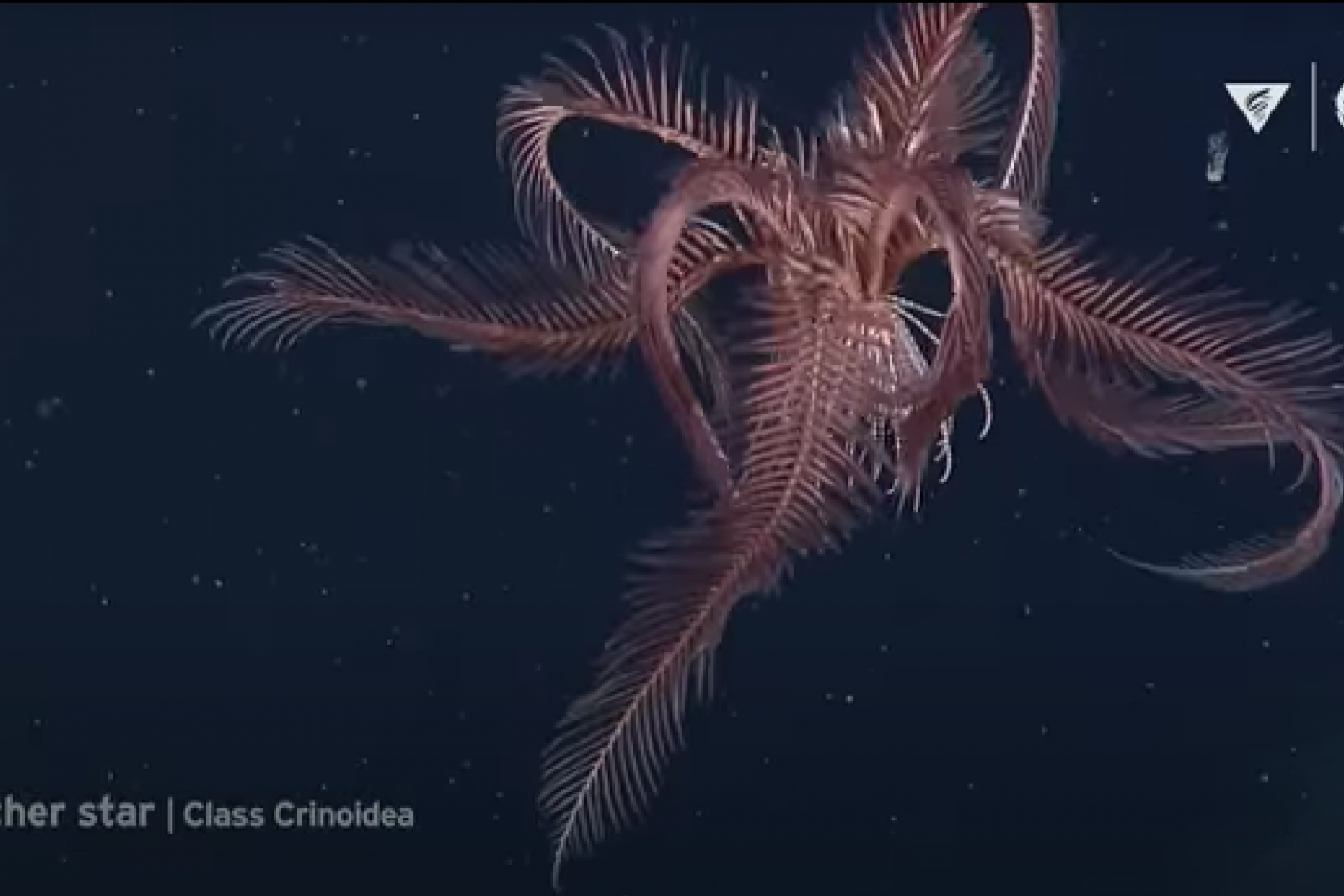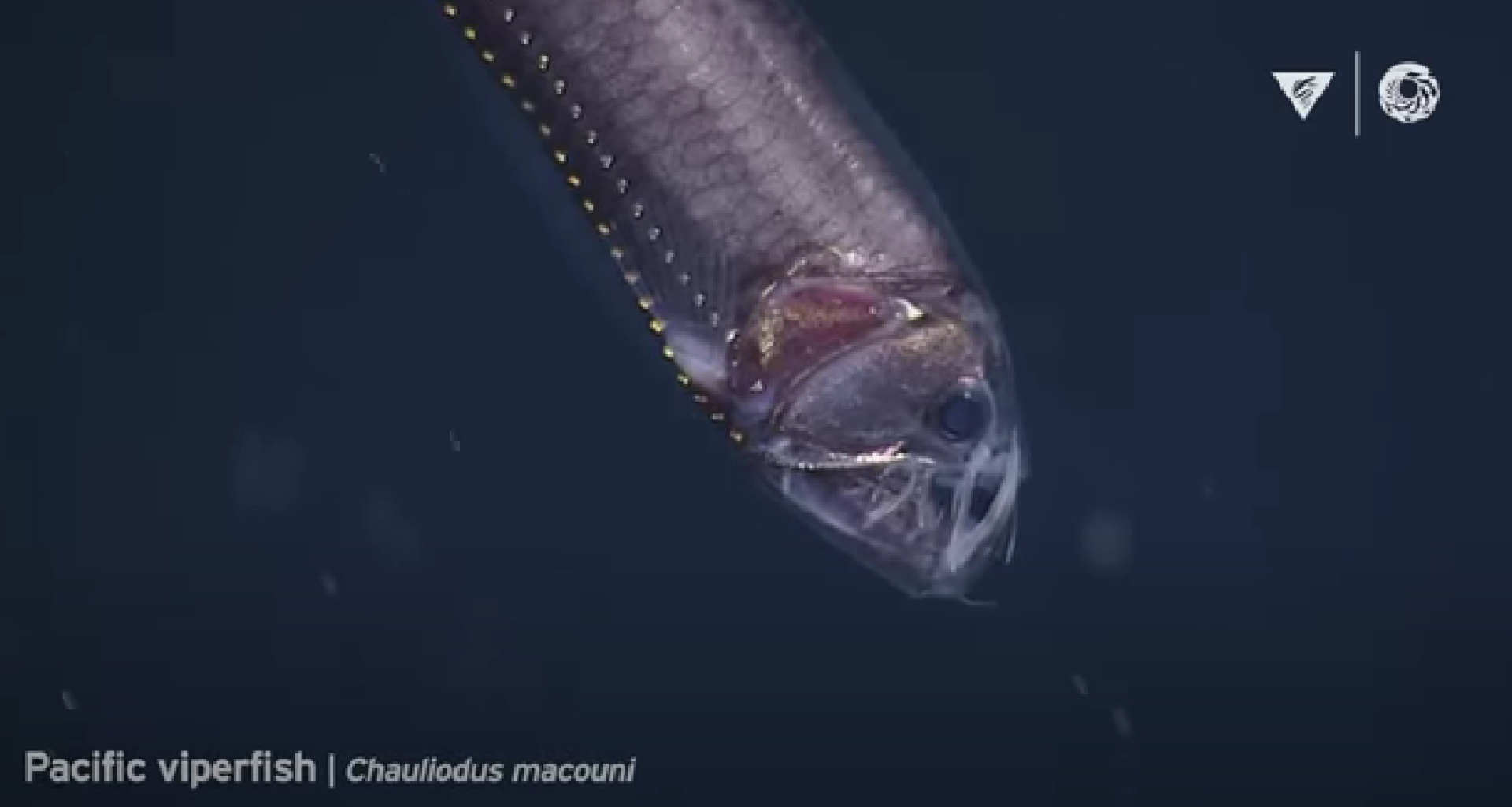The weirdest deep sea creatures you've ever seen!
Where sunlight fades away, you are in this extreme environment, spanning from around 200 meters (650 feet) below the ocean surface to the very bottom of the ocean floor, in places over 10,000 meters (6.2 miles) deep! It accounts for 95% of the Earth's living space, but only a fraction of it has been explored. It's home to a wealth of strange, even alien-like creatures that have evolved unique adaptations to survive in this harsh, dark, high-pressure environment. Here are a few...
This aptly named resident of the coasts around Australia and New Zealand has been voted “the ugliest endangered species” in one poll. Its flesh is mainly gelatinous, which allows it to float above the seafloor without expending energy on swimming. When in its natural deep-sea habitat, it looks more like other fish... But this image shows what happens when it is brought to the surface, undergoing decompression.
Image: These Were Voted the Ugliest Endangered Animals/ National Geographic/ YouTube
Resembling a cross between a snake/eel and a shark, this creature's signature features are its gill slits, which have a fringed appearance. It is considered a living fossil because of its primitive physical traits. You can find this friend around the Atlantic and Pacific Oceans.
Follow Showbizz Daily to stay informed and enjoy more amazing galleries!
This deep-sea fish in the family Chiasmodontidae is known for its ability to swallow fish that are bigger than it. But fear not, not only do they remain away from beaches, but they are quite small, with the biggest specimen ever found measuring just 25 cm (9.8 in).
This deep-sea cephalopod has webbed arms, intense red eyes, and a bioluminescent cloak, fitting its gothic name. Despite its name, it poses no threat to most humans, as it spends its days using its bioluminescent organs and its unique oxygen metabolism to thrive in the parts of the ocean with the lowest concentrations of oxygen. Another weird fact? It can turn itself inside out to avoid predators.
Image: MBARI (Monterey Bay Aquarium Research Institute)/ YouTube
This far-out jellyfish is one of the most stunning to live in the ocean’s midnight zone. Scientists were amazed when they saw it and then even more so once they learned another crazy fact: that this species is one of just a handful of jellyfish to bear live young!
Image: MBARI (Monterey Bay Aquarium Research Institute)/ YouTube
Goblin sharks inhabit the deep sea and are recognizable by their long, protruding snouts and unsettlingly extendable jaws. They are a rare deep-sea shark, it’s also sometimes called a “living fossil” since the lineage dates back some 125 million years. Charmingly, they can thrust their jaws three inches out of their mouths to catch prey.
Image: Juvenile Goblin Shark Bites Diver/ Discovery Channel Southeast Asia / YouTube
This deep-sea sea cucumber has been given a lot of nicknames due to its strange appearance: the headless chicken fish, headless chicken monster, pink see-through fantasia, and the Spanish dancer. These cucumbers can swim from the sea floor up 1,000 m (3,300 ft) upward to find food and flee predators.
Image: MBARI (Monterey Bay Aquarium Research Institute)/ YouTube
Crossota is a vibrant deep-sea jellyfish known for its intricate, rainbow-hued network of radial canals. Its stinging tentacles delicately dangle, ready to snatch prey. This mesmerizing creature can hover motionless in water, illuminating the dark ocean depths with its bioluminescent glow.
The anglerfish lures prey with a bioluminescent appendage acting as bait, a strange hunting habit that gives the fish its name. These fish occur around the world and there is a great diversity of them. Some are notable for extreme differences between the male and female, with the female being much larger, sometimes even several times bigger than the male.
This family of fish is quickly identified by their super long conical or paddle-shaped noses. This snout is not just funny-looking, but has a lot of sensory nerve endings and is used to help find food like small fish. Also, its first dorsal fin includes a venomous spine that it will use to ward off predators. These fish are found in seas around the world, with one specimen brought up from 460 fathoms (2,760 ft; 840 m) off the Grand Banks of Newfoundland.
Image: MBARI (Monterey Bay Aquarium Research Institute)/ YouTube
The deep-sea cousin of the woodlouse (sow bugs), this alien-like creature can grow up to 2.5 feet long. Its exoskeleton and large, glassy eyes add to its eerie appearance. While they may be a sight for sore eyes, giant isopods are crucial scavengers in the deep-sea benthic environment.
The Barreleye is characterized by its telescopic eyes encased within a transparent, dome-like forehead. This unique adaptation allows the fish to gather more light and precisely focus on prey above in the dimly lit depths of the ocean.
Image: MBARI (Monterey Bay Aquarium Research Institute)/ YouTube
The Fangtooth is among the deepest-living fish species and is known for its large, fang-like teeth and dark, robust body. With one of the largest teeth-to-body-size ratios of any fish in the ocean, it has adapted to the extreme pressures of the deep-sea environment. Despite its fierce appearance, it measures only about six inches in length.
This grumpy-looking deep-sea dweller is renowned for its slender, elongated body and tiny eyes. Often exceeding 1 meter in length, this fish can adapt to life on all sorts of sea floors. One species, Abyssobrotula galatheae, was recorded at the bottom of the Puerto Rico trench, making it the deepest recorded fish at 8,370 m (27,460 ft). Cusk-eels are generally very solitary, but some have been seen hanging out with tube worm communities.
5 Extraordinary Deep Ocean Creatures Encountered by ROVs in the Past 10 Years/ DeepseaOddities/ YouTube
It’s a bird, it’s a starfish — no, it’s a featherstar! This starfish with appendages that look like feathers is mesmerizing to watch move around the deep sea. They move to the best perches to get food but are still passive, suspension feeders, filtering plankton from the sea with their feathery arms.
Image: MBARI (Monterey Bay Aquarium Research Institute)/ YouTube
This toothy fish is classified as one of the most ferocious deep-sea fish for its size. Camouflaging with ultra-black skin to reduce bioluminescence, its jaw helps it fit large-sized prey and close rapidly to make sure its food doesn’t escape. Pacific Viperfish are one of the many deep-sea creatures that migrate vertically to feed on fish at night.
Image: MBARI (Monterey Bay Aquarium Research Institute)/ YouTube

